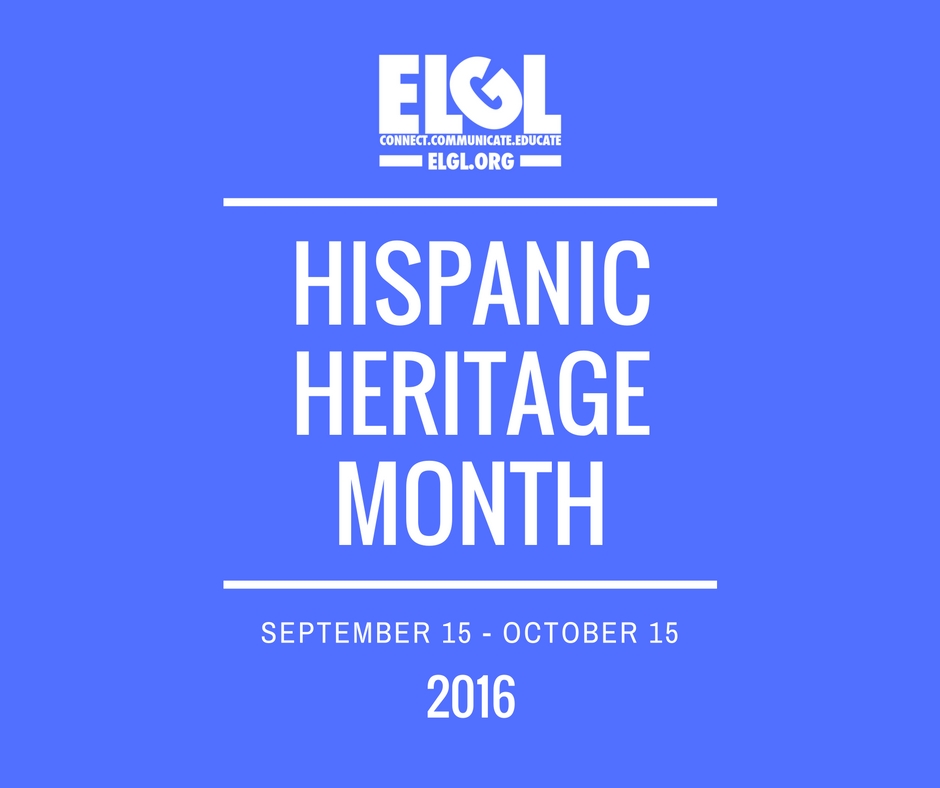
This blog post is part of our Hispanic Heritage Month series. Please welcome guest author Kim Sandoval, MPA (LinkedIn | Email) to the series.
Interested in writing for ELGL as part of this series? Send us an email or a Tweet with your blog post or to brainstorm blog ideas.
I am a program evaluator with a background in sociology. Because of this – or maybe in spite of this – I love to look at the results of our programs both at a high level and in close detail. Are we getting the results we’d expected? Are the programs helping all participants equally, regardless of their demographics? Are there influences we didn’t consider when we started our investigation? ‘Slicing and dicing’ our data in this way can be a tremendous help as we modify our programs and work to be good stewards of the public’s money.
As a white female I’ve rarely felt any issue, concern or hesitation in checking that box when I’m the ‘data source’ – I expect all that aggregate data to be a source of wonderful information and insight. But this summer, I went with my oldest son as he filled out a standard form himself for the first time – and he asked me the question “Mom, which box do I check?” I’ll be honest and say that it caused me a second of pause.

My cause for hesitation is that in my household, I’m the outlier – the only female/Caucasian; the three guys are male/Latino. This added variable in my personal life has made my role professionally as an evaluator an even more interesting journey. I have seen how impressions can be used for divisiveness rather than contributing to the improvement in our community and that can make anyone wonder.
I’ve also been in local governments (and other places) and heard people make derogatory comments in front of me, assuming because of the way I look that my opinions were like theirs. Generally the comments go something like this: “I hate when those people come in and their phone rings and they answer it – explaining that it’s Mexico,” or: “Why can’t those people speak English?”or the variously phrased statements about why they don’t want people from other cultures living next to them because of the crime they will bring just by living there.
Unfortunately, I haven’t always been in a position to refute these comments but when it’s possible, I do bring my adopted lineage into play.
As National Hispanic Heritage Month starts I’m excited to see all the celebrations that have been organized in our greater community. I look forward to participating in them and continuing my journey to learn even though on first glance I don’t appear to belong.
As much as I’ve learned – and ‘represented’ – over the last several years, I am also reminded that I may never completely understand how it can feel to check that box; for now my best attack for those divisive opinions is to use my data to continue to improve our communities. It’s a process that’s worth the effort and a wonderful part of serving at any level….
porque puedo, quiero y no tengo miedo
because I can, I want to – and I’m not scared

